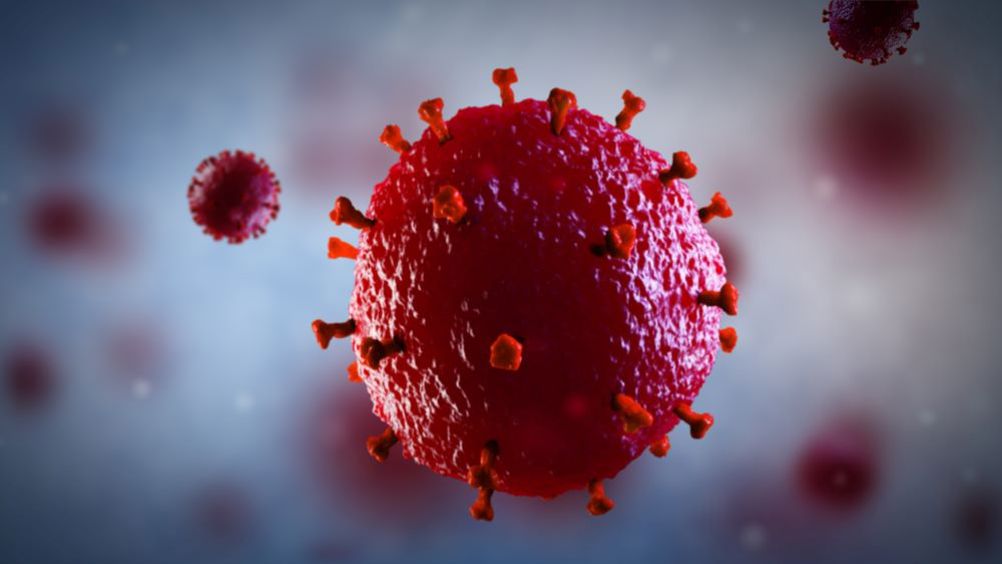References
Human immunodeficiency virus: A review into treatment

Abstract
With World AIDS day taking place on the 1 December, this article looks at the progress made in the treatment of HIV. While there is currently no cure for HIV, there are now a number of effective support systems as well as prescription medications, which can help to manage the condition. This article examines the different factors that must be considered when prescribing to treat HIV, including epidemiological data and social determinants, as well as the treatments available, and the aims when prescribing different drug options. Under appropriate care, those living with HIV can continue to live healthy lives, if monitored and managed correctly,.
Most adults are sexually active and good sexual health is important to individuals and communities. Poor sexual health can lead to unintended pregnancies and sexually transmitted infections (STIs). The National Institute for Health and Care Excellence (NICE) defines sexual health as a state of physical, emotional, mental and social wellbeing in relation to sexuality (NICE, 2019). Most people become sexually active between the ages of 16 and 24 years.
While there is currently no cure for HIV, with appropriate management, effective social care and support systems, along with prescribed medication, regular exercise and prevention of infections, those who are living with HIV are able to live a reasonably full and healthy life.
Epidemiology is the study of how often diseases occur in different groups of people and why they occur (Cogan et al, 2003). Epidemiological data can be used to plan and evaluate strategies that can then help to prevent illness and assist in the care, support and management of those living with a disease such as HIV.
Register now to continue reading
Thank you for visiting Journal of Prescribing Practice and reading some of our peer-reviewed resources for prescribing professionals. To read more, please register today. You’ll enjoy the following great benefits:
What's included
-
Limited access to our clinical or professional articles
-
New content and clinical newsletter updates each month

